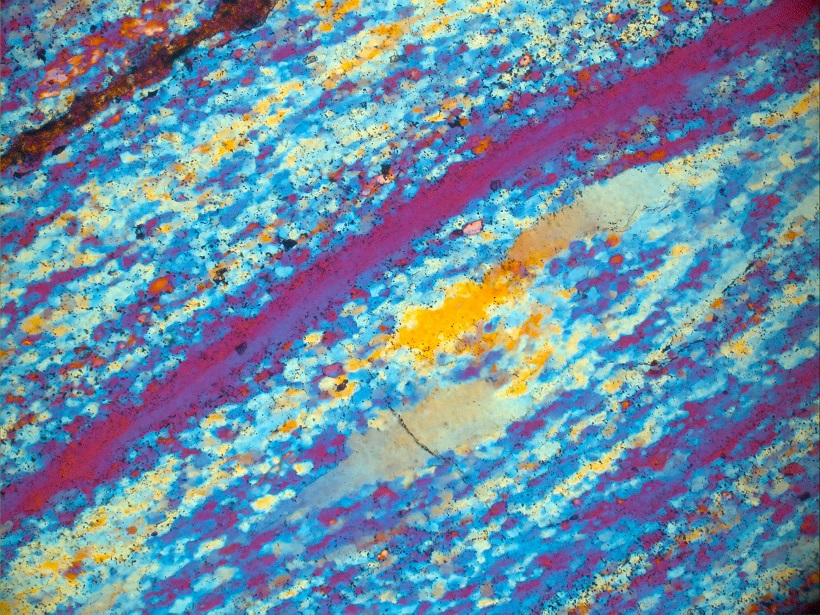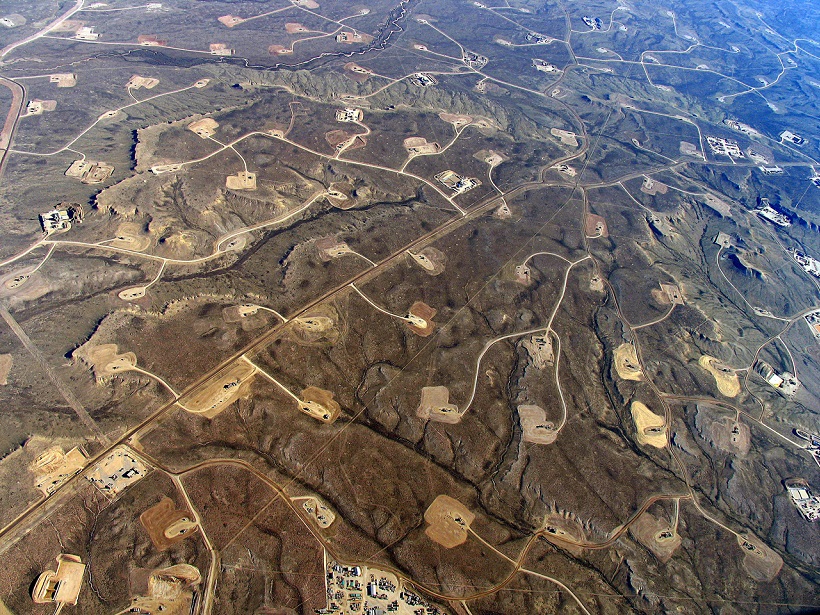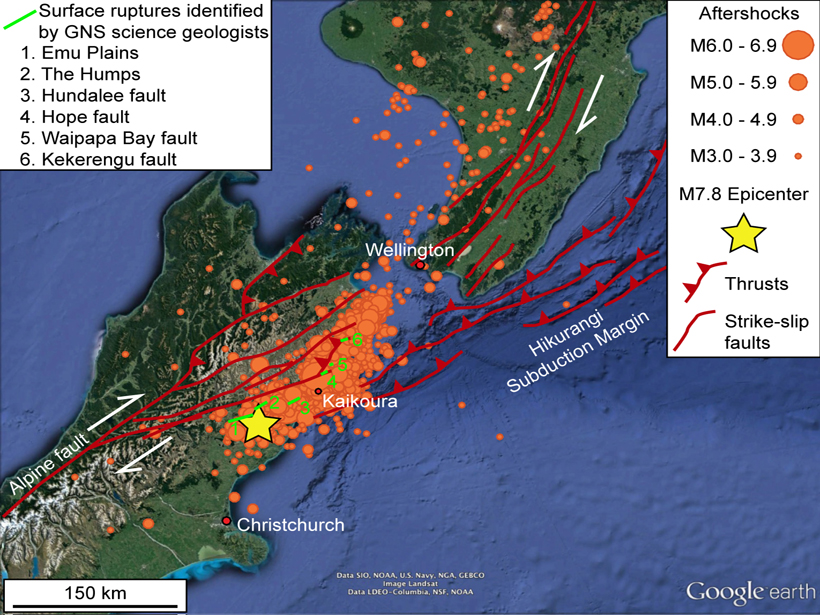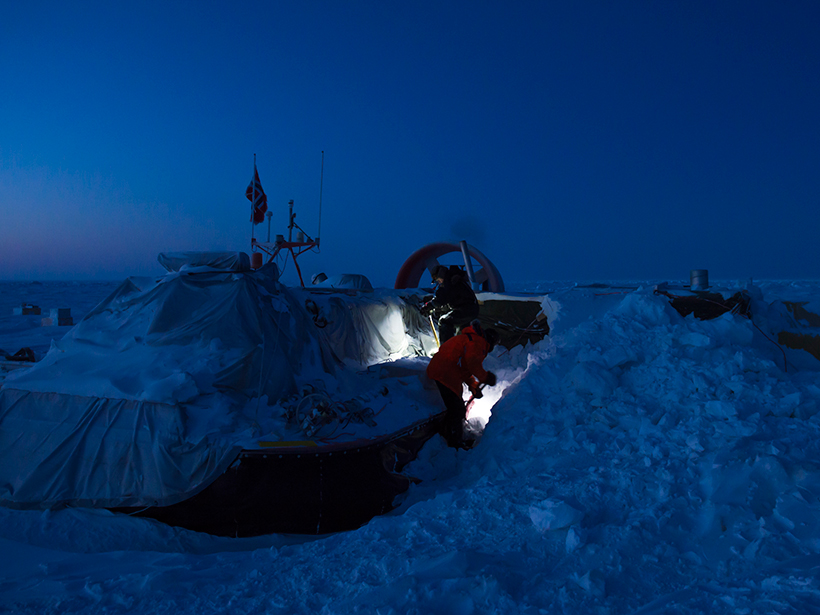Seismic data collected continuously for 4 years could improve understanding of geological structures that underlie Japan’s Izu Oshima volcanic island.
seismology
The Earth’s Elastic Crust
A recent paper in Reviews of Geophysics discussed how the mineral composition and microfabric of the continental crust influences its seismic properties.
The Challenges Posed by Induced Seismicity
A recent paper in Reviews of Geophysics examined the increasing incidence of seismic events caused by industrial activities.
“Fingerprinting” Volcanic Tremors May Help Forecast Eruptions
Volcano seismic waves produce distinct tremor patterns, or "fingerprints," shared by different kinds of volcanoes.
Alteration Along the Alpine Fault Helps Build Seismic Strain
Detailed analysis of cores drilled through New Zealand's most dangerous on-land fault indicates that its permeability and strength are altered by mineral precipitation between seismic events.
Musa Siphiwe Doctor Manzi Receives 2016 Africa Award for Research Excellence in Earth Science
Musa Siphiwe Doctor Manzi received the 2016 Africa Award for Research Excellence in Earth Science at the American Geophysical Union Fall Meeting Honors Ceremony, held on 14 December 2016 in San Francisco, Calif. The award honors an early-career scientist from the African continent for "completing significant work that shows the focus and promise of making outstanding contributions to research in Earth and space sciences."
Probing the Source Properties of Deep Earthquakes
A global review of earthquake rupture parameters reveals that deep earthquakes have larger fracture energies and may have different rupture mechanisms than shallower seismic events.
Complex Earthquake Raises Complex Questions
A devastating earthquake has hit New Zealand, but this unusual event, with long duration slip on several faults, will also provide an astounding data set for understanding a complex tectonic region.
Zhan Receives 2016 Keiiti Aki Young Scientist Award
Zhongwen Zhan will receive the 2016 Keiiti Aki Young Scientist Award at the 2016 American Geophysical Union Fall Meeting, to be held 12–16 December in San Francisco, Calif. The award recognizes the scientific accomplishments of a young scientist who makes outstanding contributions to the advancement of seismology.
Scientists Spend Arctic Winter Adrift on Sea Ice
A hovercraft-based ice drift station gives researchers access to previously inaccessible regions of the changing Arctic sea ice cover off the coast of Greenland.








